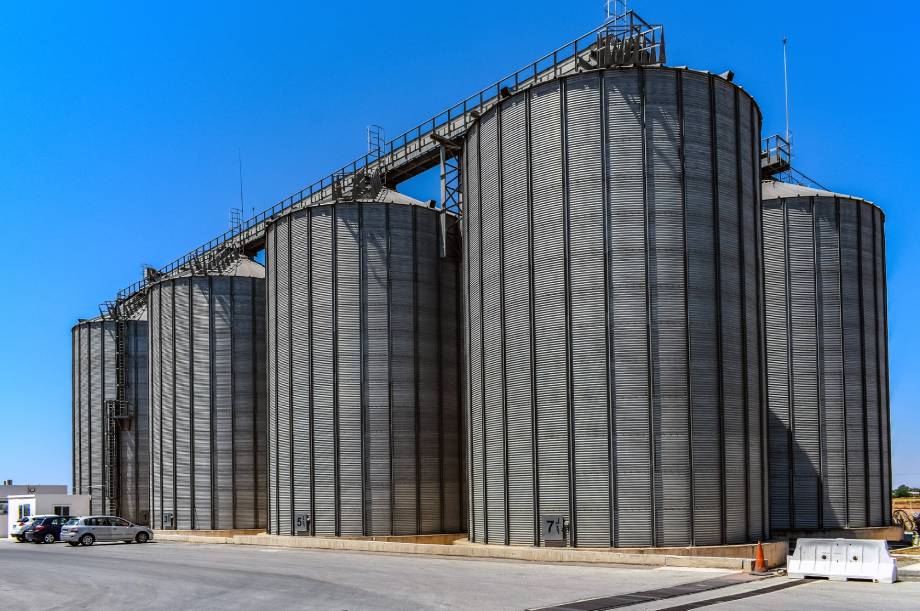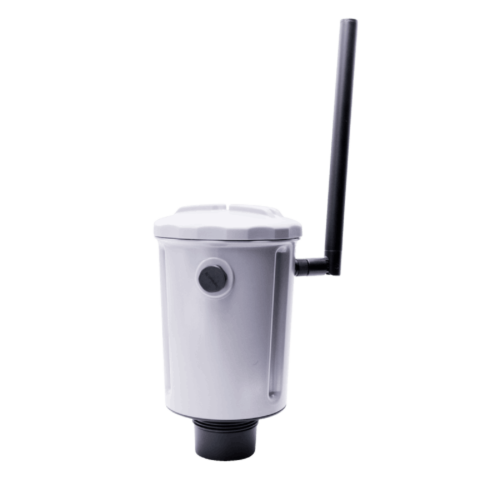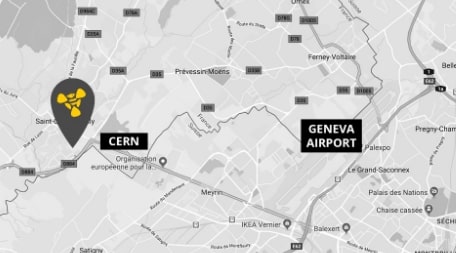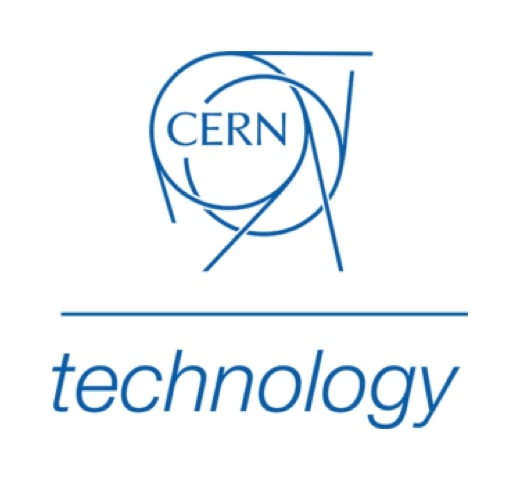Keeping track of exactly how much of these materials is held in stock at any moment is a vital part of managing and maintaining operations – but checking levels in silos, bins and storage tanks manually can be time-consuming and extremely dangerous. Solid level sensors provide a more efficient, accurate and safe alternative.
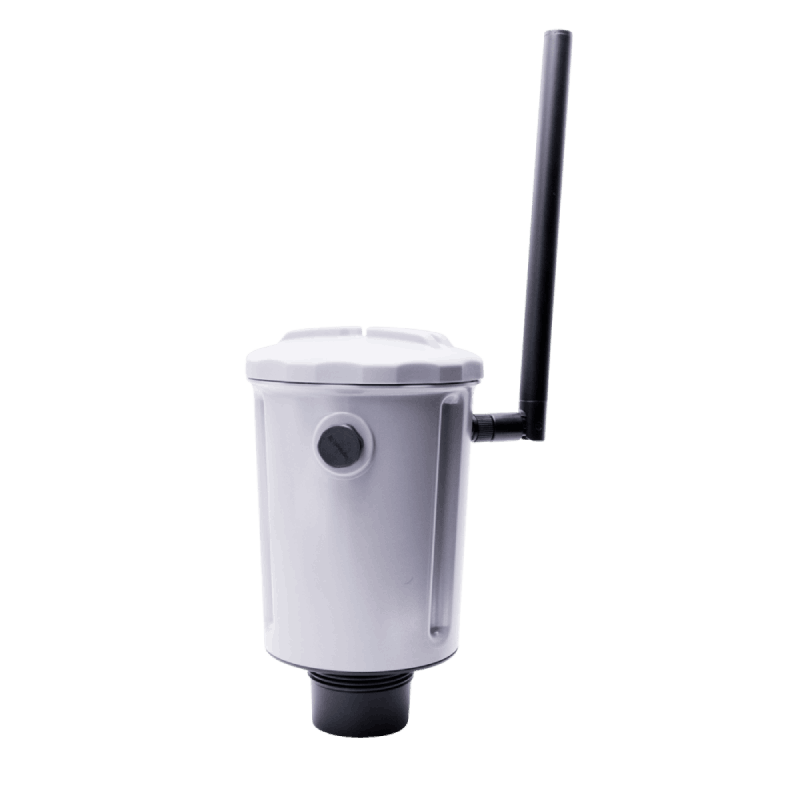
Categorizing solid level sensors
Many different solid level sensors are available, ranging from simple mechanical switches to networkable optical sensors like Tredecile’s LoRa Level Monitoring XL. All solid level sensors can be broadly divided into two categories: point-level sensors and continuous sensors.
Point-level sensors are essentially switches: when the level of stock in a silo passes a certain threshold, the switch is opened (or closed), triggering some kind of alert. This provides a simple indication that stock may need replenishing, or that a container needs to be emptied. Conversely, continuous sensors take repeated measurements of stock levels, and provide quantified and up-to-date information on stock levels over time. While point-level devices are typically cheap and reliable, continuous level sensors are typically preferred as they enable more accurate forecasting and stock control.
Point-level solid level sensors
Vibrating switches are one of the most common point level devices for bulk solids. They essentially consist of a vibrating rod or fork mounted to the inside of a silo, bin or tank. When this vibrating probe comes into contact with the material inside the silo, its vibration changes, triggering a switching command. Rotating paddle switches operate in a similar fashion: these solid level sensors consist of a rotating paddle whose motion is obstructed by the presence of a medium.
These solid level sensors remain popular because they’re robust and versatile, working well with different grain sizes, in a wide temperature range, and in dusty environments. However, as with any point-level sensor, they provide only binary information, severely limiting their potential applications.
Continuous solid level sensors
Continuous level sensors are more sophisticated than point-level sensors.
One of the most popular types of continuous level sensor is the capacitive sensor. These measure the electric capacitance between two plates, which are installed near the top and bottom of a container, and use this to accurately calculate the amount of material between them. Capacitive sensors are available in contact or non-contact configurations, rendering them suitable for reactive materials or foodstuffs. However, capacitive sensors typically don’t work with every type of medium or tank. They must also be calibrated to the specific stock material in question to account for their dielectric constant.
Time-of-flight (ToF) technologies are another approach to continuous solid level sensing. They work by producing a pulse at the top of the container and timing how long it takes to reflect off the surface of the material and return to the sensor. This time interval can then be used to calculate the distance between the top of the silo and the top of the material within, yielding a measurement of how much material is remaining.
A number of different continuous solid level sensors technologies exist, including radar, laser, microwave and ultrasound, each offering different performance characteristics. Typically, though high costs and the requirement to connect permanent power and data cables can make the installation of these devices unappealing.
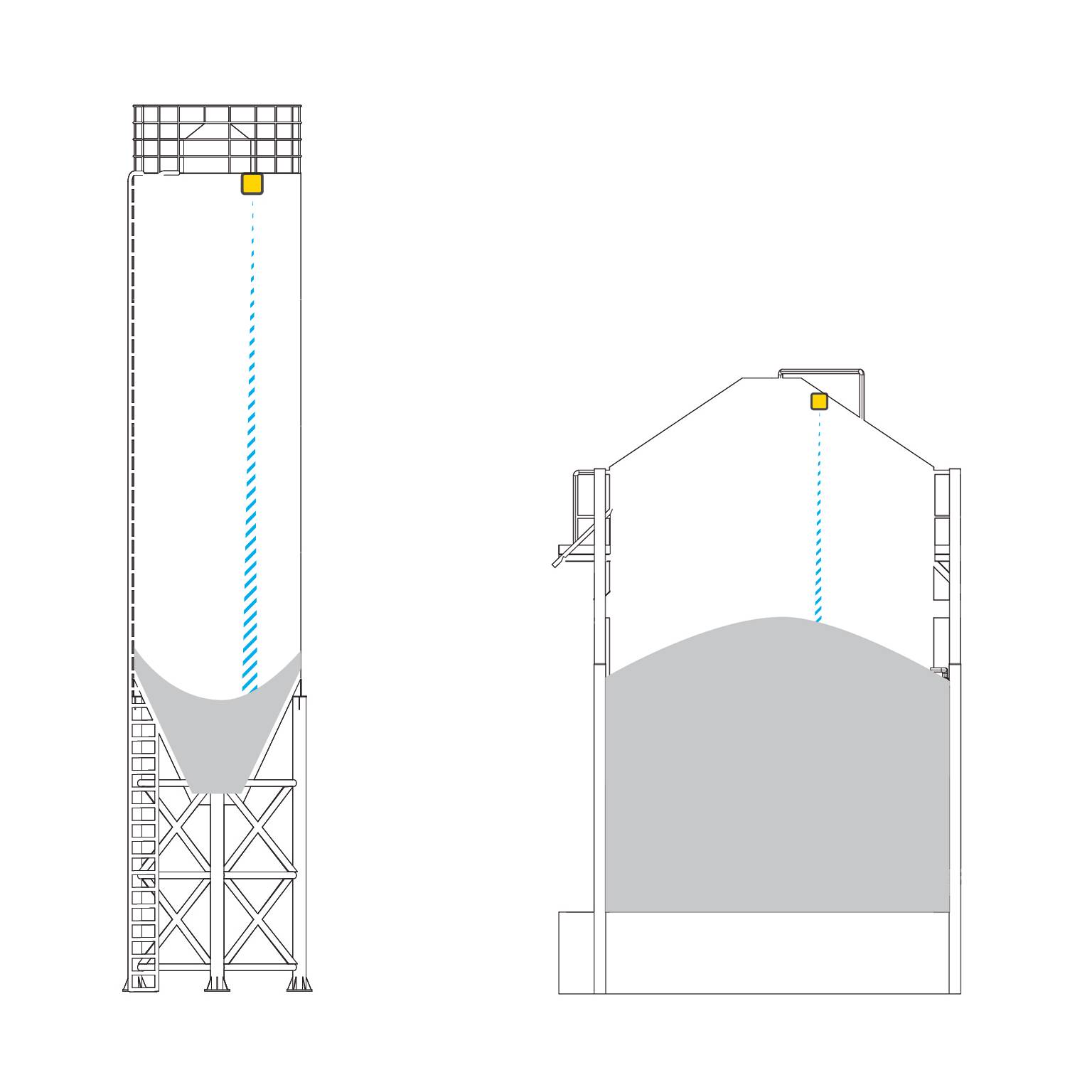
The LoRa Level Monitoring XL is a unique ToF level sensor, developed to provide the accuracy and performance of Time-of-Flight level sensors in a versatile and low-cost format. Completely wireless and self-powered, the LoRa XL uses optical infrared ToF to collect accurate level data relayed directly from silos using Long Range Wide Area Network (LoRaWAN) technology.3
With a battery that lasts several years and a range of up to 60 m, the device is ideally suited to a huge range of solid level sensing applications. IP65 ingress protection ensures the LoRa XL works reliably outdoors or in dusty environments.
If you think your business could benefit from remote, networkable solid level sensors, Tredecile is here to help. Get in touch with us to learn more about how the LoRa Level Monitoring XL device could benefit your business operations.



